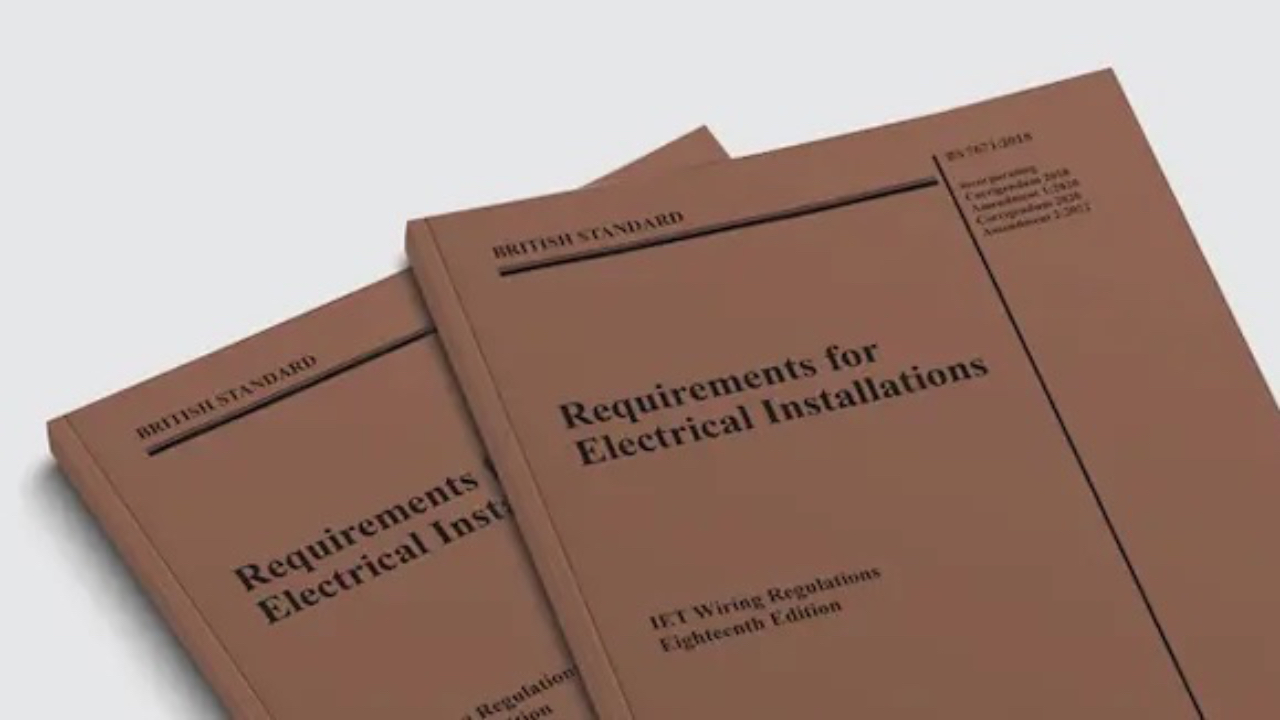BS7671 Amendment 3
Mar 16, 2025
BS 7671 Amendment 3:2024 – What It Means for Us Sparkies
If you’re working in the electrical trade, you’ll know that keeping up with the latest wiring regs is a must. Well, as of 31st July 2024, Amendment 3:2024 to BS 7671:2018 landed, and while it was not a massive overhaul, it did introduce some key changes we all need to be aware of—especially when working with renewables like solar PV and battery storage.
Here’s a breakdown of what’s changed and why it matters to us on-site.
Key Changes in Amendment 3:2024
This amendment is all about protective devices and how they interact with bidirectional power flows—a big deal in modern electrical systems.
🔹 New Definitions in Part 2:
• Bidirectional Protective Device – A device that can have a power supply connected at either or both ends.
• Unidirectional Protective Device – A device designed to have the power supply connected at one specific end only.
🔹 New Regulation (530.3.201):
This new rule states that when selecting and installing protective devices, we now must consider whether they need to be unidirectional or bidirectional.
🔹 Marking Requirements:
Protective devices such as RCDs, RCBOs, MCBs, and AFDDs must now be clearly marked to show directionality—with terms like “In and Out”, “Line and Load”, or directional arrows. This is especially relevant for residential and commercial installations with solar PV, battery storage, or other microgeneration systems.
What This Means for Us as Electricians
1️⃣ It’s All About Renewables
With solar PV, battery storage, and EV chargers becoming more common, we’re dealing with power flowing both ways. Standard circuit protection might not cut it anymore. If a device is unidirectional, it must be installed correctly—otherwise, it won’t operate as intended, which could lead to safety issues.
2️⃣ Inspections & Testing Will Change
When carrying out EICRs or commissioning new installs, we now need to check that the right type of protective device has been used. If a unidirectional device has been installed where bidirectional flow exists, it could mean non-compliance and potential failures in protection.
3️⃣ Manufacturer Instructions Matter More Than Ever
Gone are the days of assuming an MCB is just an MCB. We need to be reading the manufacturer’s instructions carefully and ensuring correct orientation when installing circuit protection.
4️⃣ More CPD & Training
This change might seem small, but it highlights how electrical systems are evolving. Keeping up with CPD courses, manufacturer training, and the latest IET guidance is more important than ever.
Final Thoughts
Amendment 3:2024 isn’t a complete game-changer, but it does reinforce how much our industry is shifting towards renewable energy and intelligent power systems. As electricians, we need to stay ahead of these changes to ensure safety, compliance, and quality installs.
If you haven’t already, grab a free copy of the Amendment 3:2024 PDF from the IET and have a read. It’s a quick update, but an important one.
Now we await Amendment 4!
Want to get some handy electrical guides and CPD?

